In recent years, scientists and nutritionists have continued to learn more about the foods we eat. Some items, like fresh fruits and veggies, are obviously healthy, while other items can leave us guessing.
The Food and Drug Administration (FDA) is responsible for monitoring all food labels in the United States. This organization ensures that food items sold are safe and healthy to eat. However, this doesn’t mean that all food items are necessarily healthy. Many pre-made and packaged foods are convenient but don’t contain the most nutritious ingredients. Despite this knowledge, the U.S. packaged food market continues to turn a profit. Grand View Research reports that this market was estimated at 1,037.9 billion dollars in 2021.
With so many packaged foods available and accessible to us, it can be hard to determine which items are actually healthy, and which ones need to stay out of our pantry and on grocery shelves. From sugary cereals to Pop-Tarts and Hostess Twinkies, each item on this list is one you should avoid if you’re looking to maintain a healthy lifestyle for both yourself and your family.
To create this list of unhealthy snacks, 24/7 Tempo consulted various health sources. These include Health, the Cleveland Clinic, Healthline, and Eat This Not That. Here are 15 of the most unhealthy snacks you might find hiding in your pantry. (For more reading on the subject of maintaining a healthy lifestyle, check out 10 of the biggest health myths ever, debunked.)
Sugary Cereals
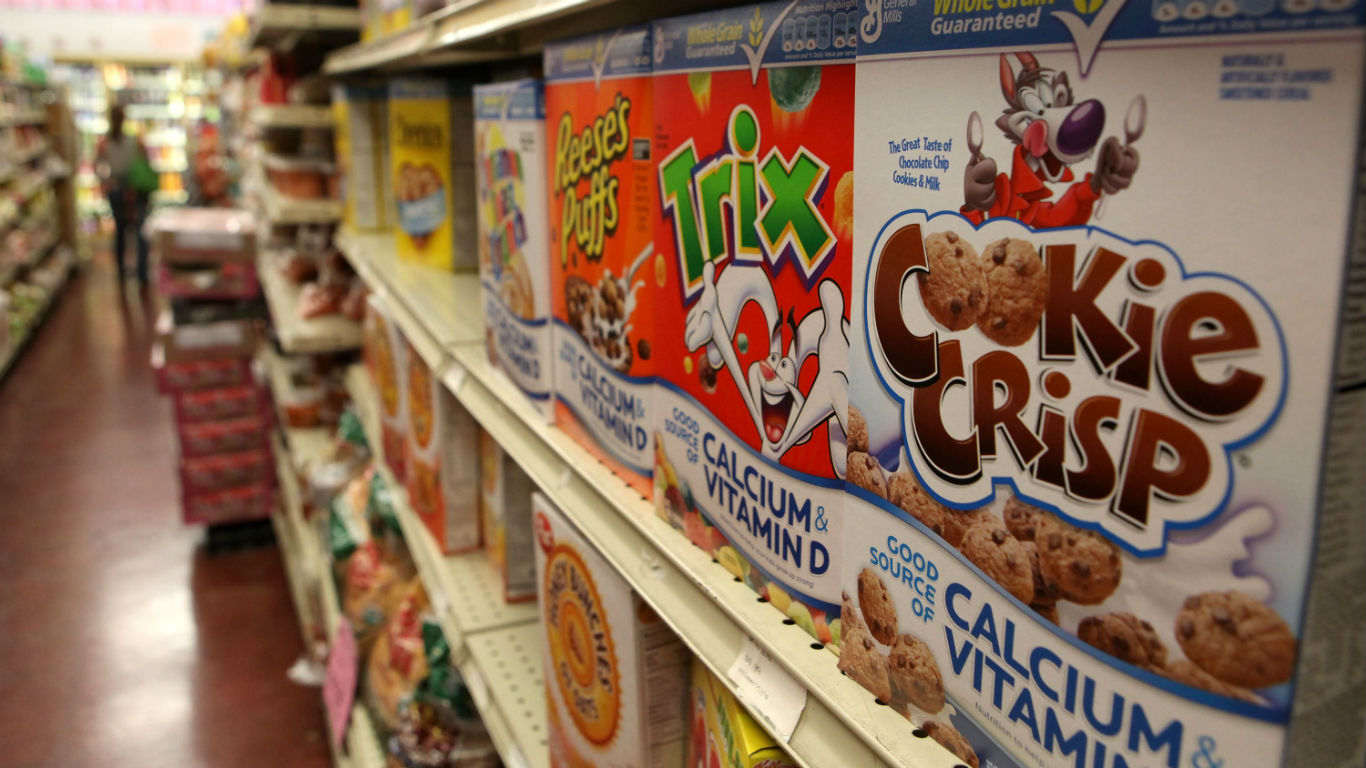
While a few breakfast cereals are ok, many contain copious amounts of sugar and processed grains. Yes, even the cereals that aren’t full of marshmallows or chocolate puffs. For example, Lucky Charms has 12 grams of added sugar per cup. Additionally, the ingredients include corn syrup, and modified corn starch, along with a long list of preservatives. Before purchasing cereal to add to your pantry, be sure to check the label for added sugars and look for options that have higher amounts of fiber and protein.
Sports Drinks
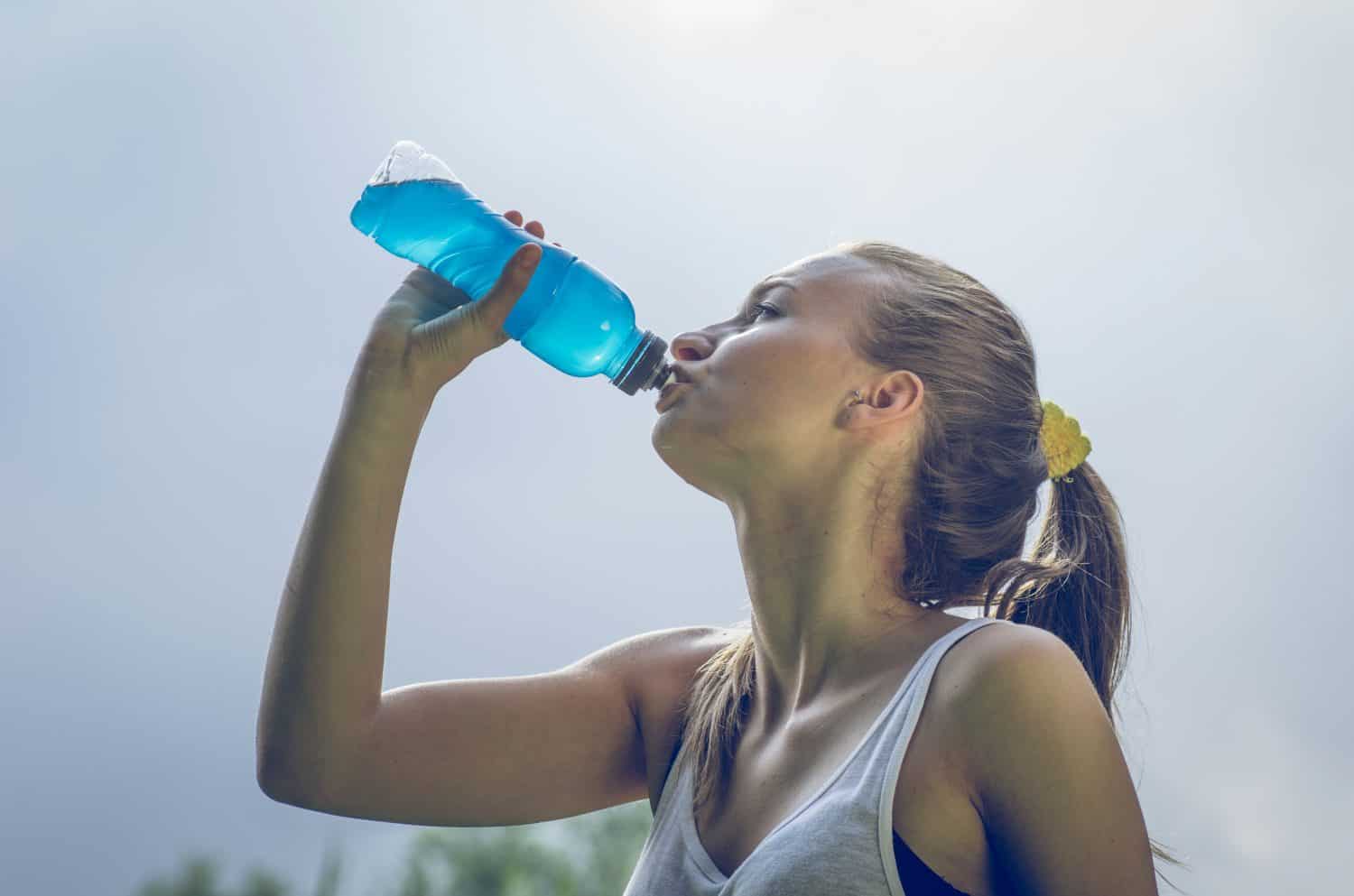
While sports drinks like Gatorade, Powerade, and Prime are all associated with recovering from a challenging workout, these drinks are much less healthy than advertised. They do include electrolytes which can help your body recover, but they also tend to include high amounts of sugar and artificial colorings like Red 40 and Yellow 5. In some countries across the globe, Gatorade is actually banned due to the use of these artificial colors. When exercising, it’s sometimes best to stick with water for recovery.
Energy Bars

There are a vast amount of energy bars on the market today. Some are made with all-natural ingredients like Junkless and RX Bars. Most, however, contain processed ingredients and high amounts of sugar. It’s also important to check what kind of protein is being added to the product as some are dairy-based and some are plant-based. Be sure to read the labels before deciding which kind of energy, protein, or granola bar to purchase.
Chips
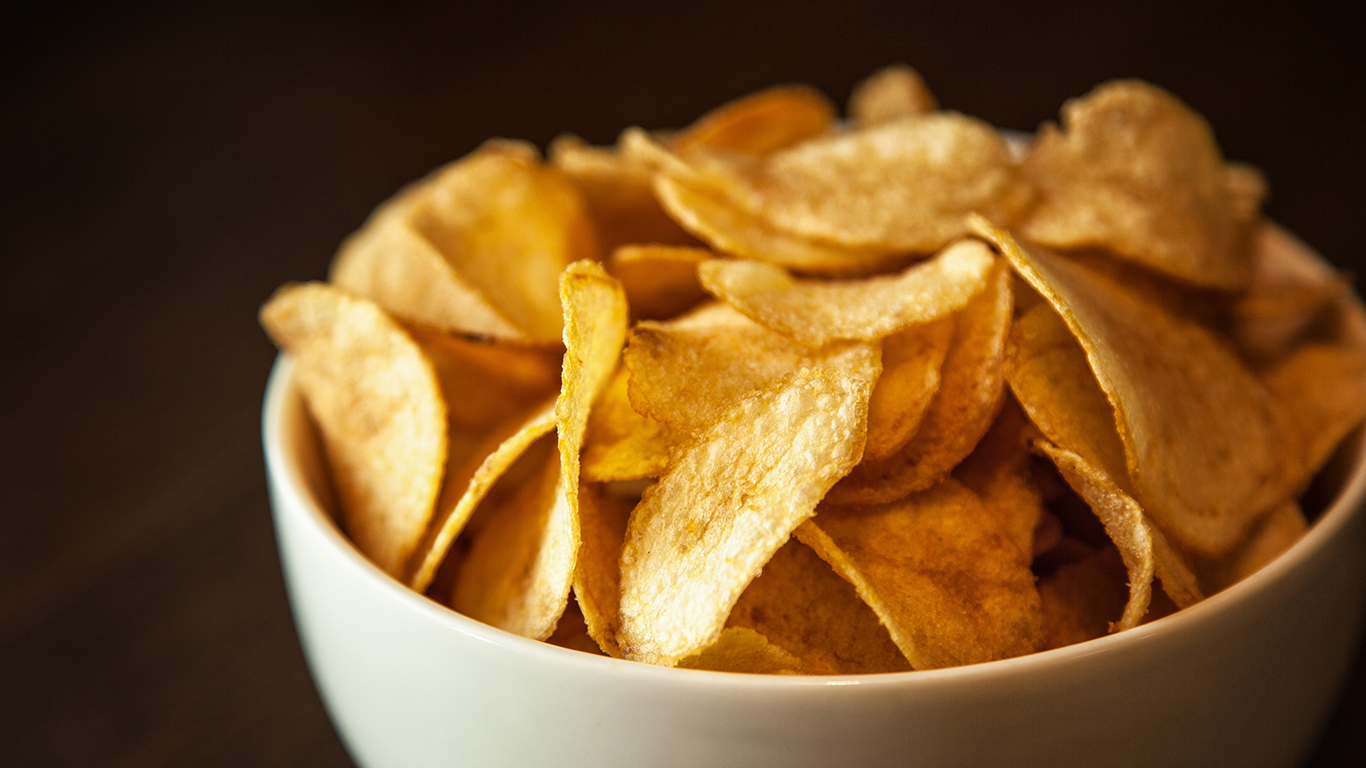
Most people are aware that chips aren’t the best or healthiest snack. But there are so many different kinds that it can be hard to determine which options are healthier when that mid-day snack attack happens. In general, most chips are cooked in trans fat which can lead to higher cholesterol levels and poorer heart health. Additionally, baked chips may seem healthy, but they are highly processed and the lack of fat can cause you to eat more without ever feeling full.
Granola
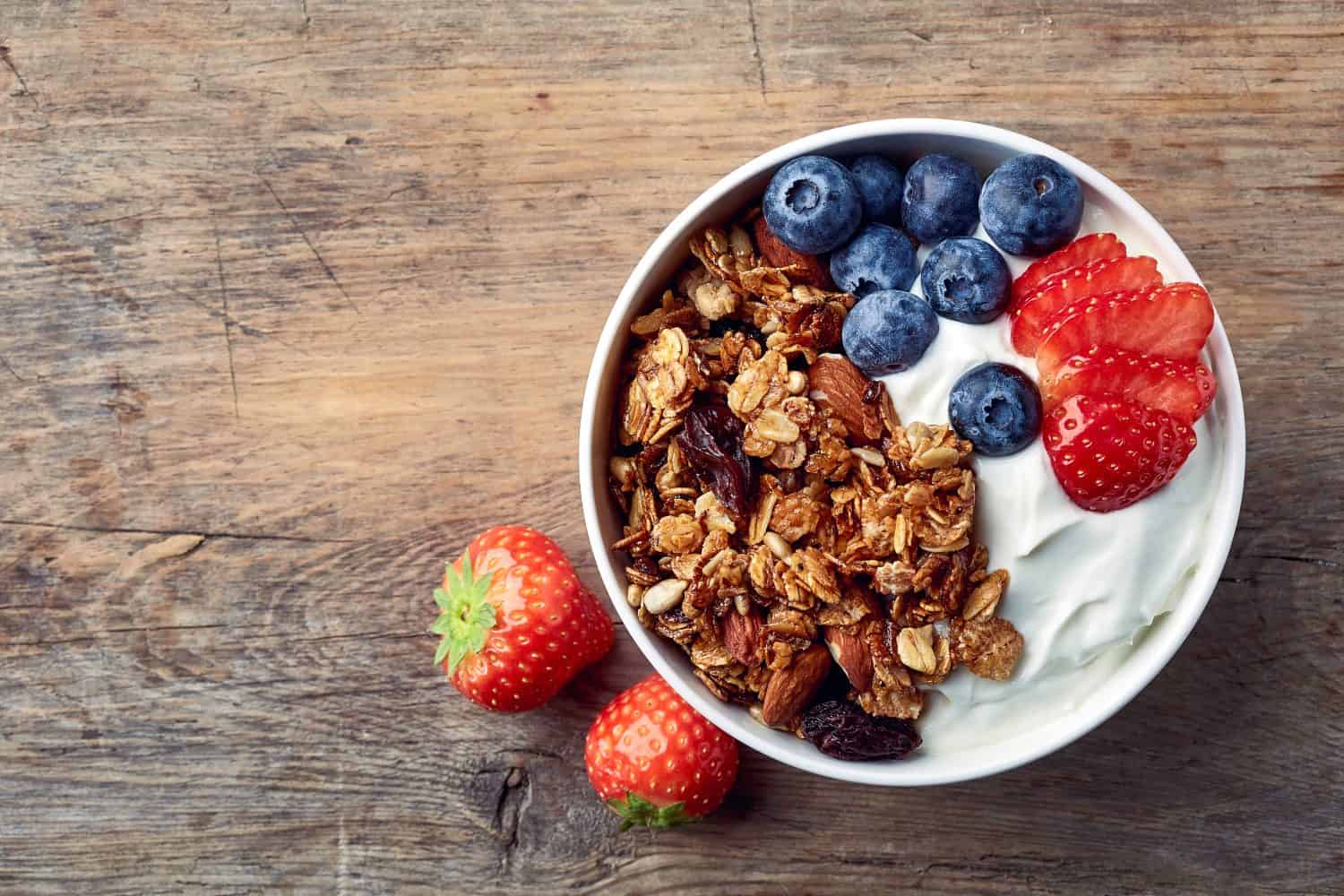
Granola is another product that is sometimes marketed as a healthier option but usually contains high levels of sugar. This pantry staple is often associated with hiking and living a healthy lifestyle, but be sure to read food labels before purchasing to see what you’re getting into. For a healthier option, consider making your own granola at home. That way you know exactly what you’re consuming.
Pop-Tarts
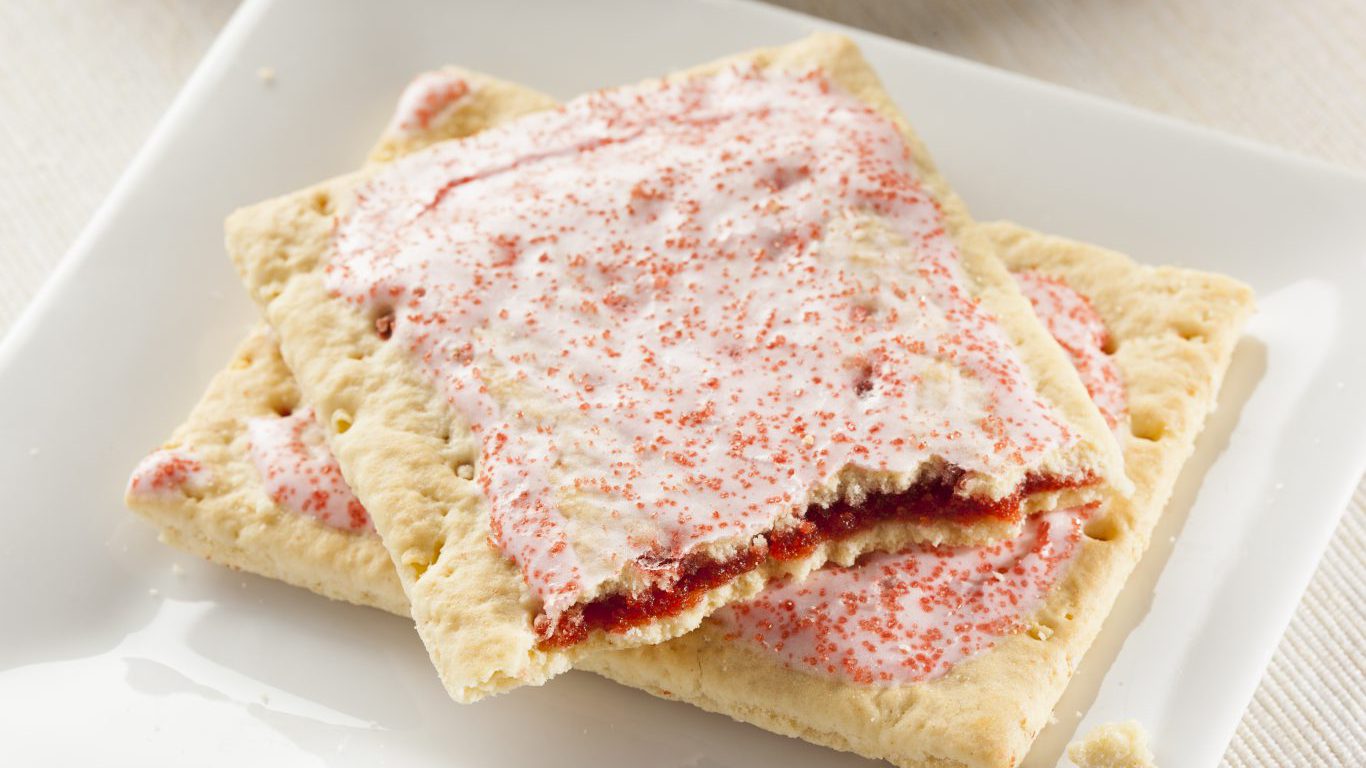
When the kids are in a rush to get out the door each morning, breakfast needs to be fast and simple. This is where Pop-Tarts come into play. Be aware, however, that while this breakfast item is convenient, it can also be full of added sugar and processed ingredients. Business Insider reports that Pop-Tarts can contain an added preservative called Tert-butylhydroquinone (TBHQ) which can cause food allergies and harm the digestive system.
Ramen Noodles
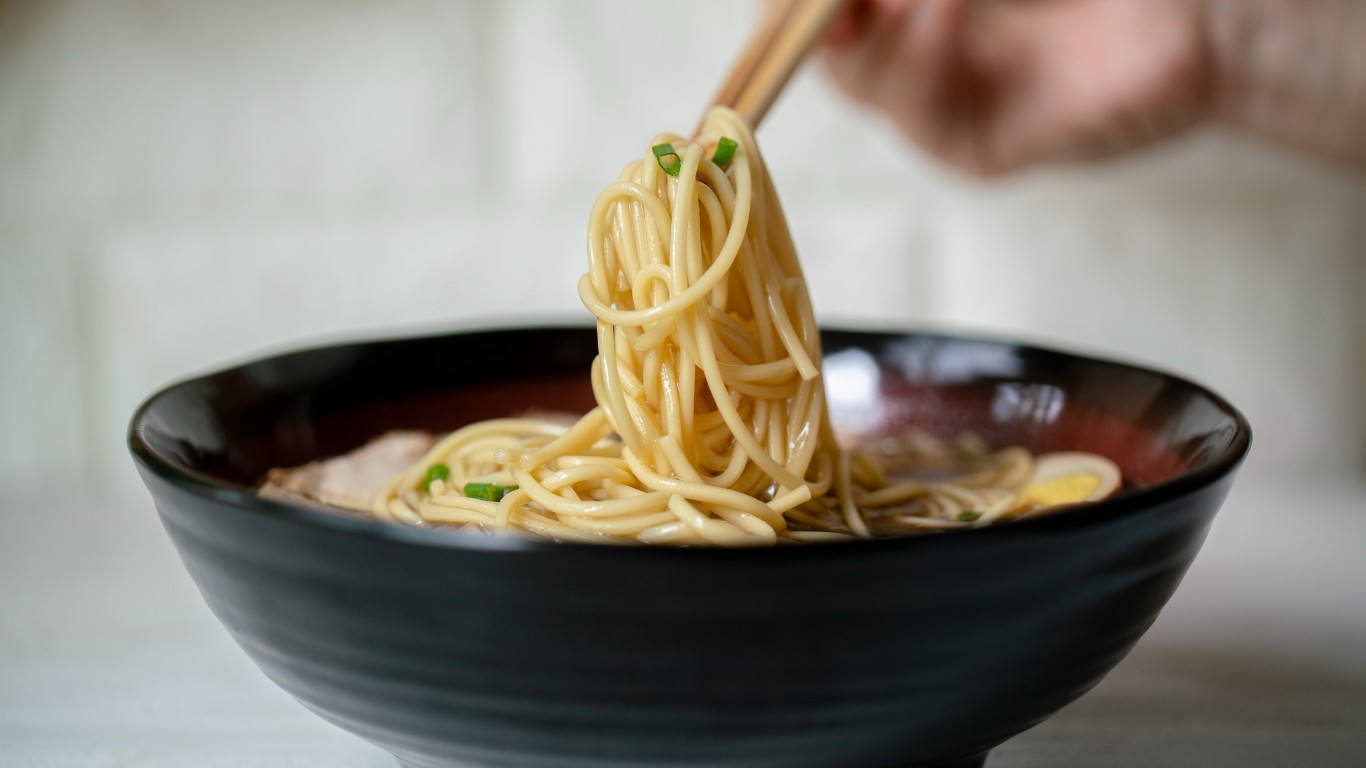
Instant ramen noodles can be a delicious, warming, and inexpensive food item. However, many brands include extremely high levels of sodium. For example, a Maruchan ramen chicken flavored noodle packet contains 1,520 milligrams of sodium in one package. One container of the same brand’s instant lunch in chicken flavor has 1,190 milligrams of sodium. If you love ramen, be sure to check your store for healthier options.
Pre-Packaged Cookies
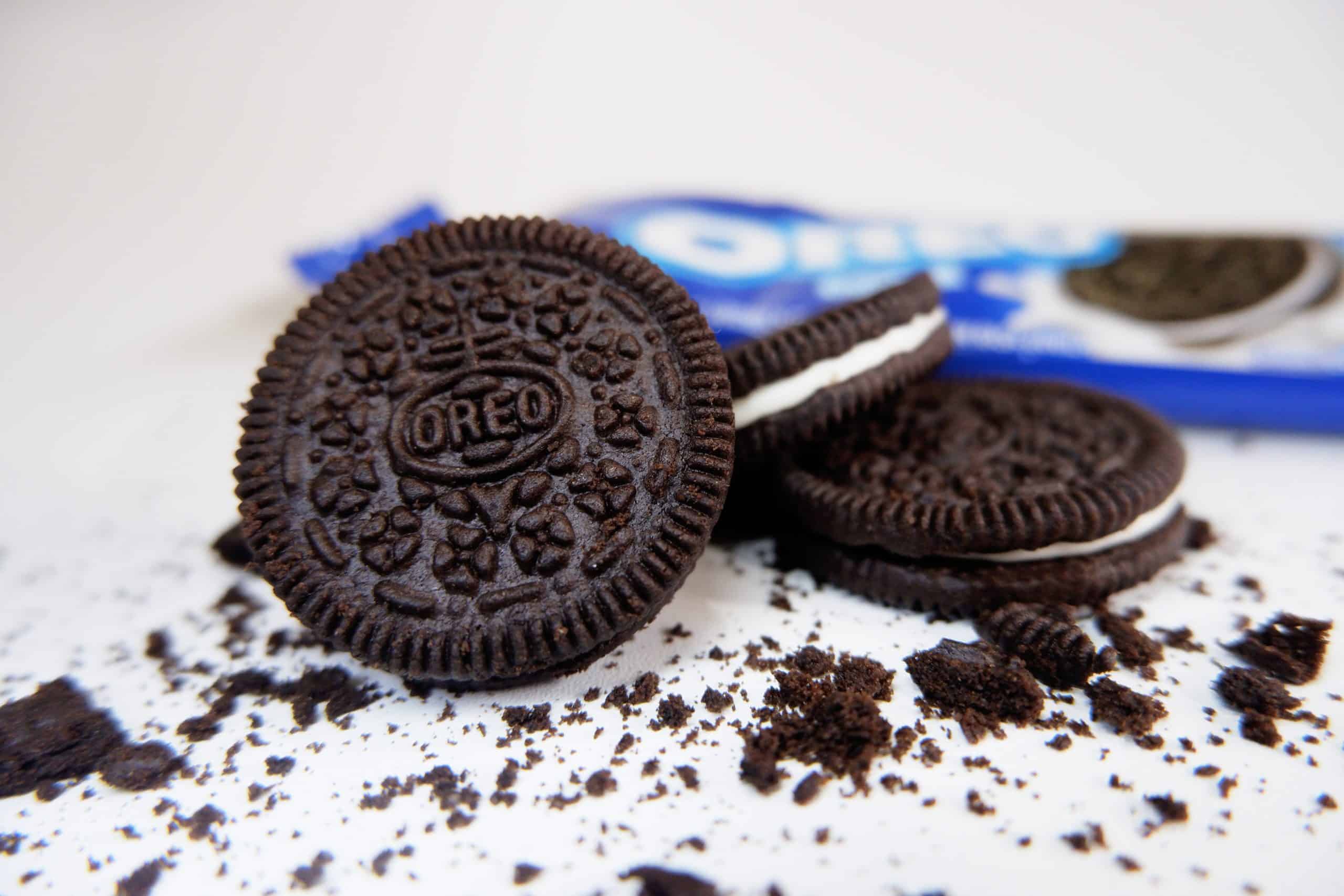
It’s a given that pre-packaged cookies are not the healthiest snack option, but it’s not just because of the added sugar in these treats. Pre-packaged cookies like Famous Amos, Oreos, and Chips Ahoy! can include artificial flavors and colors. They can also be higher in trans fat. Famous Amos Chocolate Chip Cookies contain 280 calories, 13 grams of fat, and 18 grams of sugar per serving. If you’re looking for a healthier sweet treat, consider making cookies at home to enjoy.
Fruit Snacks
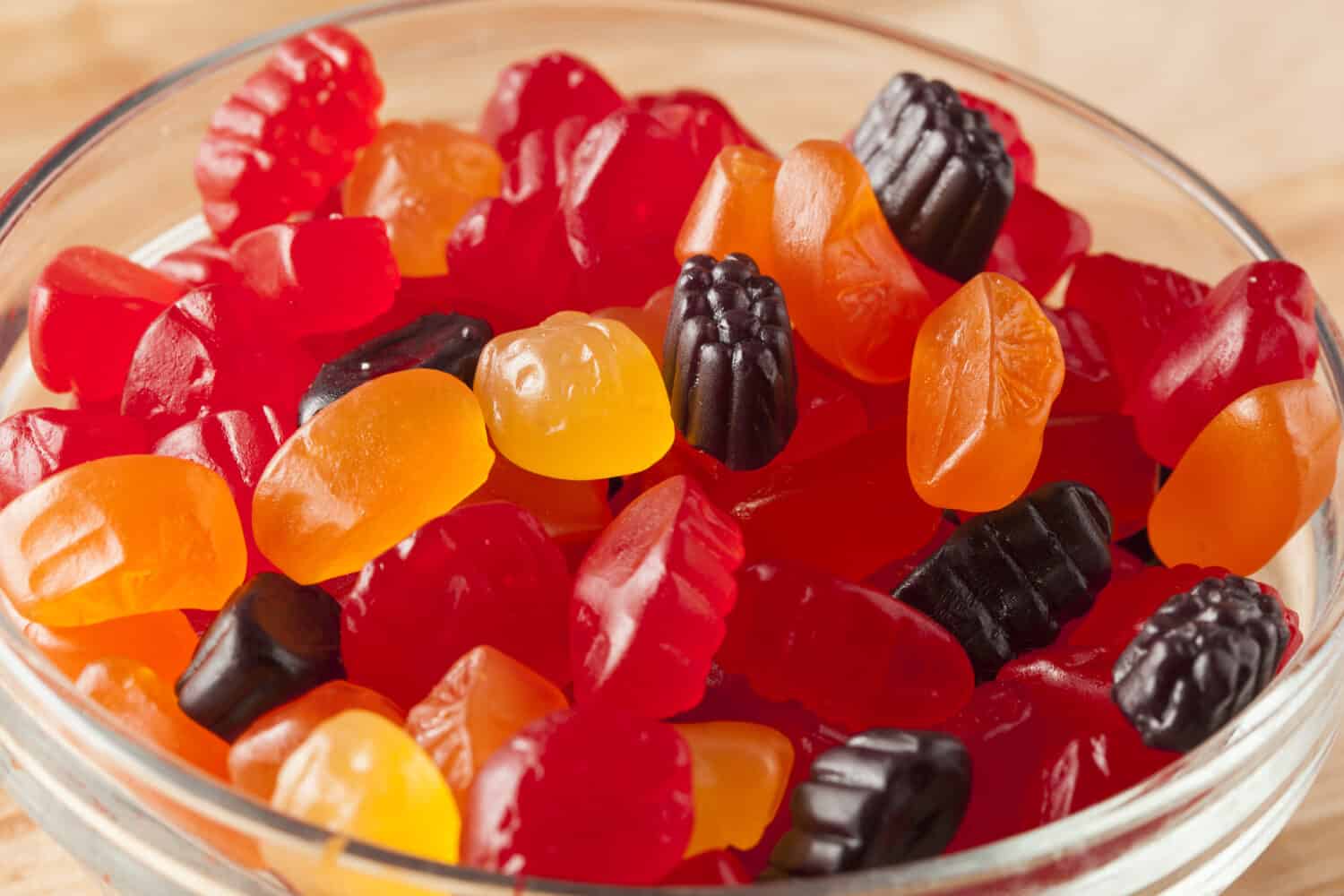
Fruit snacks are another snack item that appear healthy, but include high levels of added sugars. While some brands do have vitamins added like vitamins C, A, and E, they also contain sugar, syrup, and modified corn starch, all products that can be harmful to your health. Additionally, fruit snacks are incredibly sticky and can lead to sugar deposits in between teeth causing cavities. If you or your kids love fruit snacks, try doing some research to find healthier, more wholesome options.
Little Debbie Snacks

Little Debbie snacks are popular and loved by many. Yet each of these processed and pre-packed snacks comes with a long list of not-so-great ingredients. Most Little Debbie snacks contain high levels of sugar, along with fillers and other synthetic ingredients. For example, Little Debbie Swiss Rolls in a twin-wrapped package contains 12 grams of fat, 7 grams of saturated fat, and a whopping 28 grams of sugar. Similarly, a pack of Nutty Buddy Cookies contains 19 grams of fat, 8 grams of saturated fat, and 20 grams of sugar.
Hostess Snacks
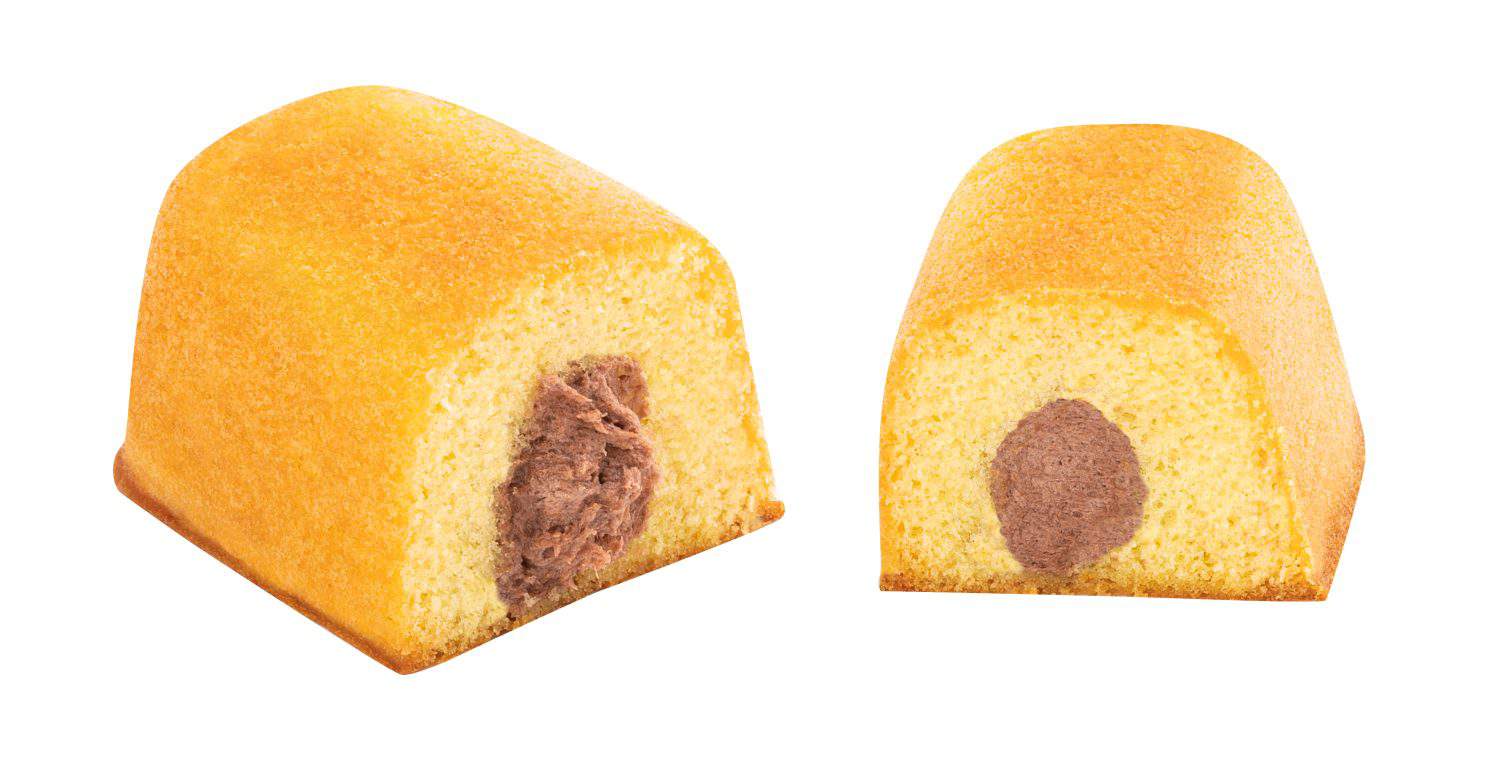
If Little Debbie snacks are not the healthiest, you’ve probably already guessed that Hostess snacks are considered incredibly unhealthy as well. The most popular Hostess snack is the Twinkie, but just one of these sponge cake snacks contains 157 calories, 16 grams of sugar, and 17 milligrams of cholesterol. Additionally, this snack item doesn’t contain any nutrients, and the first few ingredients include bleached wheat flour, sugar, corn syrup, high fructose corn syrup, and partially hydrogenated vegetable shortening.
Snack Pack Pudding
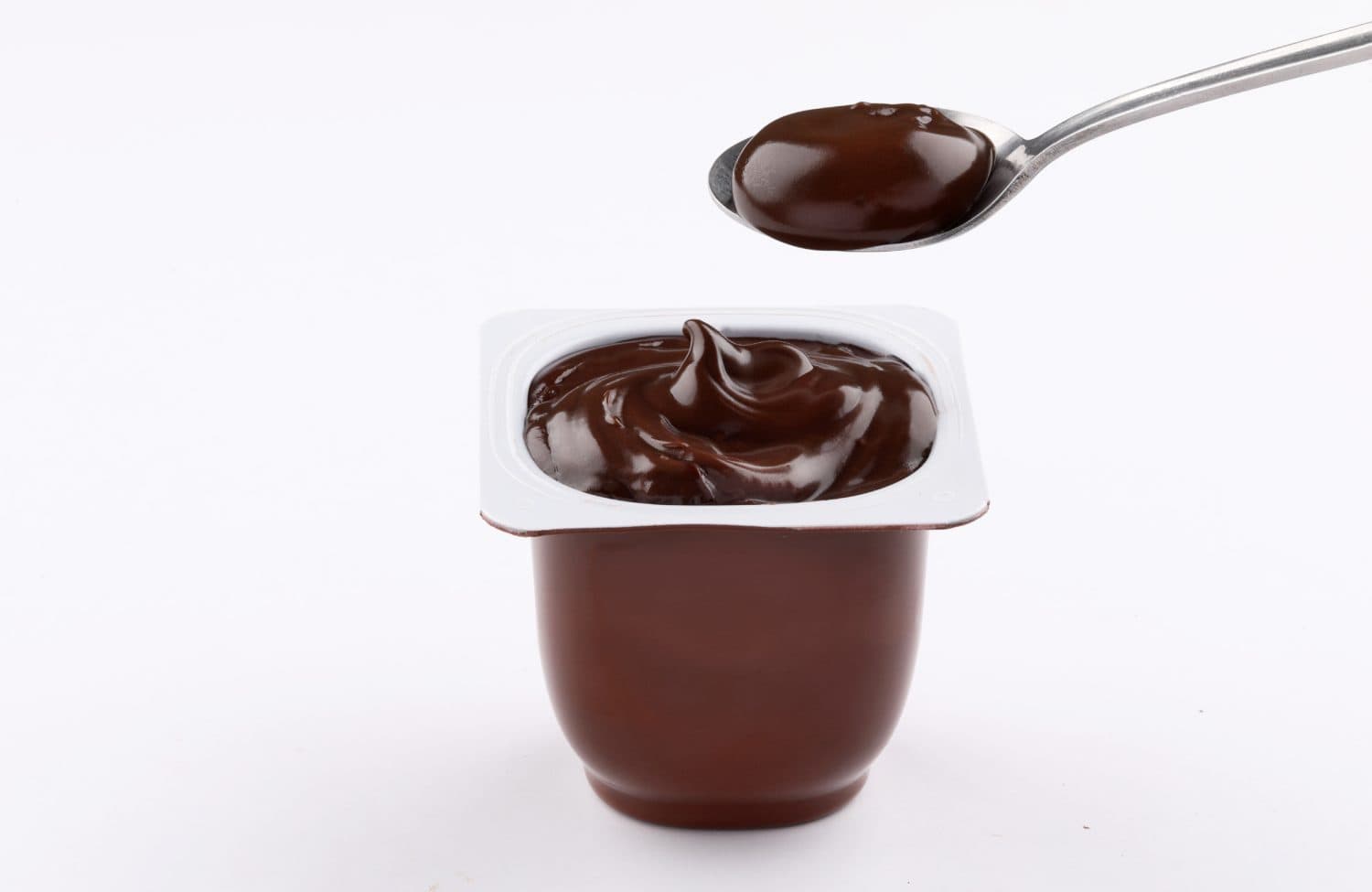
Snack Pack ready-made pudding cups first emerged in 1968, but they picked up popularity throughout the 90s and into today. While this snack item works well in a lunch box, it also contains high amounts of sugar and calories. Additionally, while the pudding was originally made with simple ingredients, these pre-packed items now consist of preservatives, artificial flavoring, and trans fat.
Easy Mac
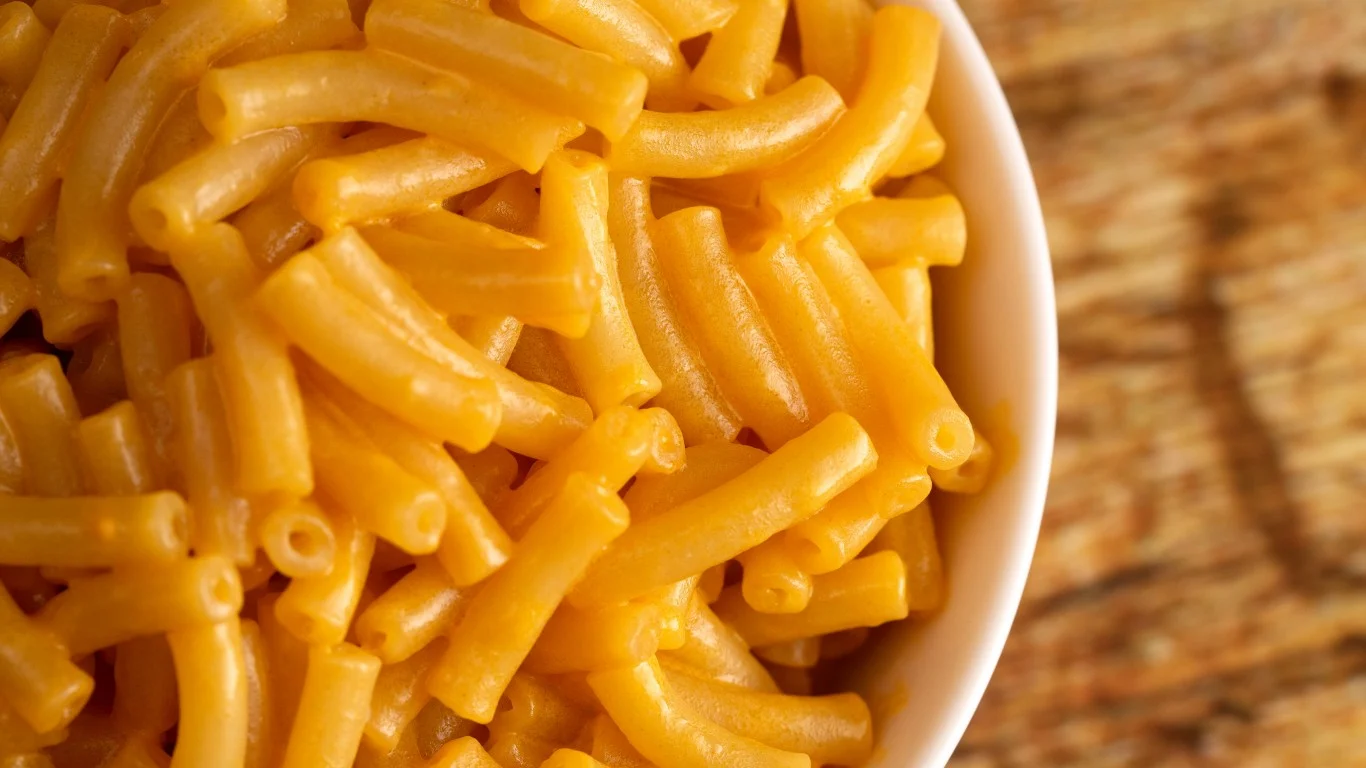
For decades, boxed macaroni and cheese has been a staple in many households. Then everything changed when Kraft released their Easy Mac cup, now renamed Macaroni and Cheese Dinner Cups. While this cup is convenient and a great snack that older kids can make on their own, it’s also full of preservatives and artificial colors and flavors. One cup also contains 500 milligrams of sodium, which is a quarter of the daily recommended value.
Spaghettios

Another easy-to-make snack is Campbell’s Spaghettios. Each can contains pre-made circle noodles doused in tomato sauce, and some options even include the addition of sliced franks. But be aware that each serving also comes with incredibly high levels of sodium. In one can of Spaghettios with Franks, you can expect to see 1,050 milligrams of sodium, which is nearly half of the daily recommended limit. High levels of salt can lead to higher blood pressure, so this salty snack is one to avoid.
Soda
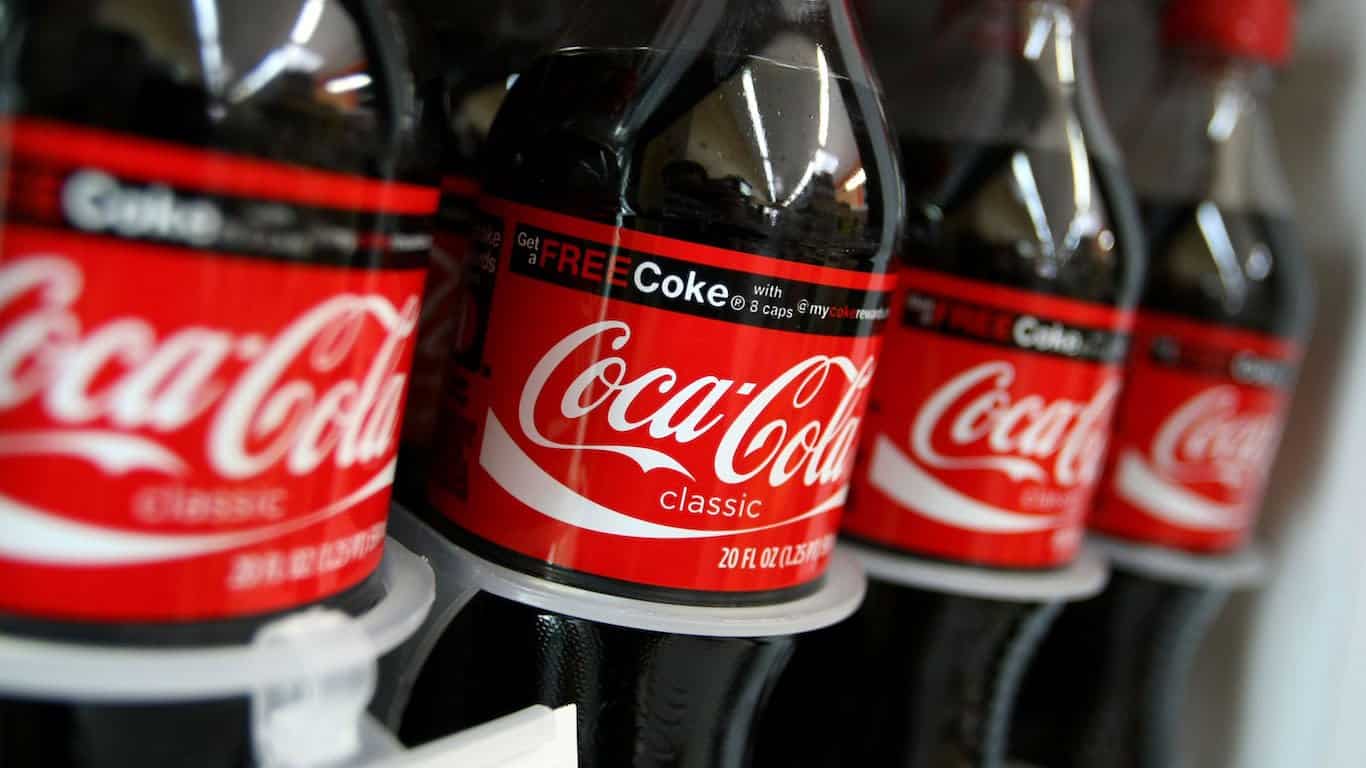
It’s a known fact that soda is an unhealthy treat. Not only do many options contain caffeine, but each can also contain extremely high levels of sugar which is linked to both health issues and dental problems. Even a basic root beer can or bottle contains 39 grams of sugar per serving. There is also no nutritional value to consuming a soda, so it’s one to leave at the store and not stock in your pantry. (For more health-related reading, click here to check out the most famous fad diets of all time.)